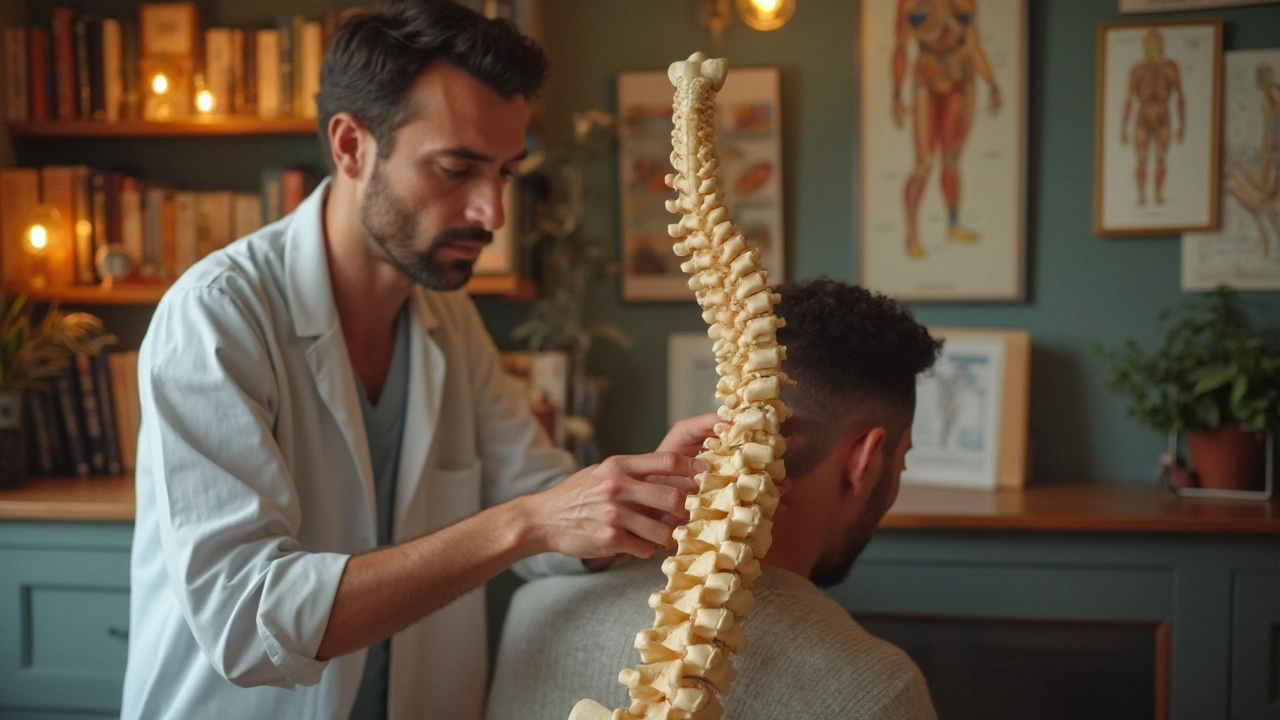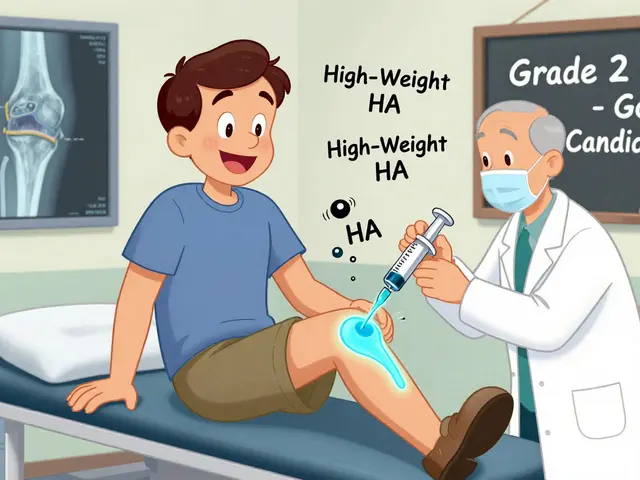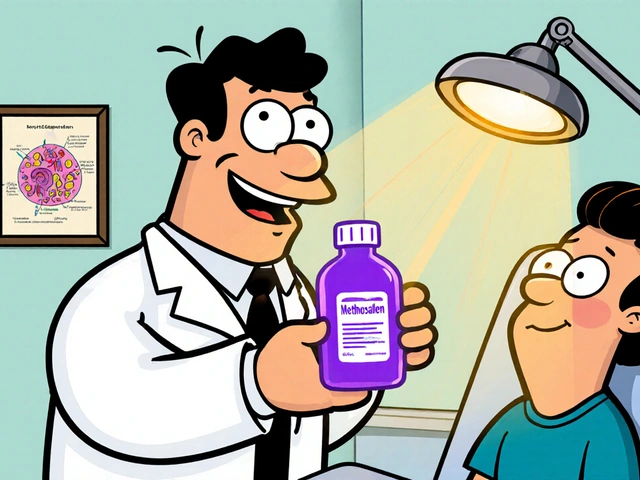Chiropractic Care: Practical Guide to Back & Neck Pain
Does a stiff neck or nagging lower-back pain push you toward Google at 2 a.m.? Chiropractic care is a common non-drug option people try first. It can help reduce pain, restore motion, and get you back to everyday life without immediate reliance on pills or injections.
Chiropractors focus on the spine, joints, and nervous system using hands-on techniques. That usually means spinal manipulation (the quick, controlled thrust people call a "crack"), joint mobilization, soft-tissue work, and advice on movement and posture. Many patients pair chiropractic visits with simple home exercises to keep gains between appointments.
What chiropractic care actually does — and when it helps
For quick relief of acute low-back pain, a short course of spinal manipulation often works as well as other standard treatments. People also report improvement for some types of neck pain and tension headaches. The benefit tends to be short- to medium-term: pain and function often improve in days to weeks.
Chiropractic care is less clear for chronic or complex conditions. If your pain comes from an identifiable structural problem (like a large disc herniation pressing on a nerve) or a systemic disease, you may need imaging, medications, injections, or surgery instead. Use chiropractic as one tool in a broader plan, not the only answer for serious issues.
Common side effects are mild and short-lived: soreness, a bit of stiffness, or tiredness after a visit. Serious complications are rare but possible, especially with neck manipulation. If you have osteoporosis, bleeding disorders, cancer, or unstable spine issues, tell the practitioner first — those conditions often change the recommended approach.
How to choose a chiropractor and what to expect
Pick someone licensed and ask simple questions: Where did you train? Do you treat my condition often? What results can I expect and in what time frame? A good chiropractor will offer a clear plan, set measurable goals, and show basic exercises to do at home.
Typical first visit includes a health history, a physical exam, and sometimes movement tests. X-rays or scans are not always needed. Treatment sessions usually last 15–30 minutes; some people start with 1–3 visits per week and taper as they improve. Watch the outcome: if you don’t feel better after a few sessions, re-evaluate the plan or seek a second opinion.
Combine care with activity: walking, targeted stretching, and core-strength work amplify results. If you notice red flags — worsening weakness, numbness in legs, trouble walking, or loss of bladder/bowel control — stop manual therapy and see a doctor immediately.
If you want a practical next step, try a short trial: pick a licensed practitioner, agree on 4–6 visits, track pain and function, and review progress. That way you know quickly if chiropractic care is helping you get back to normal life.





